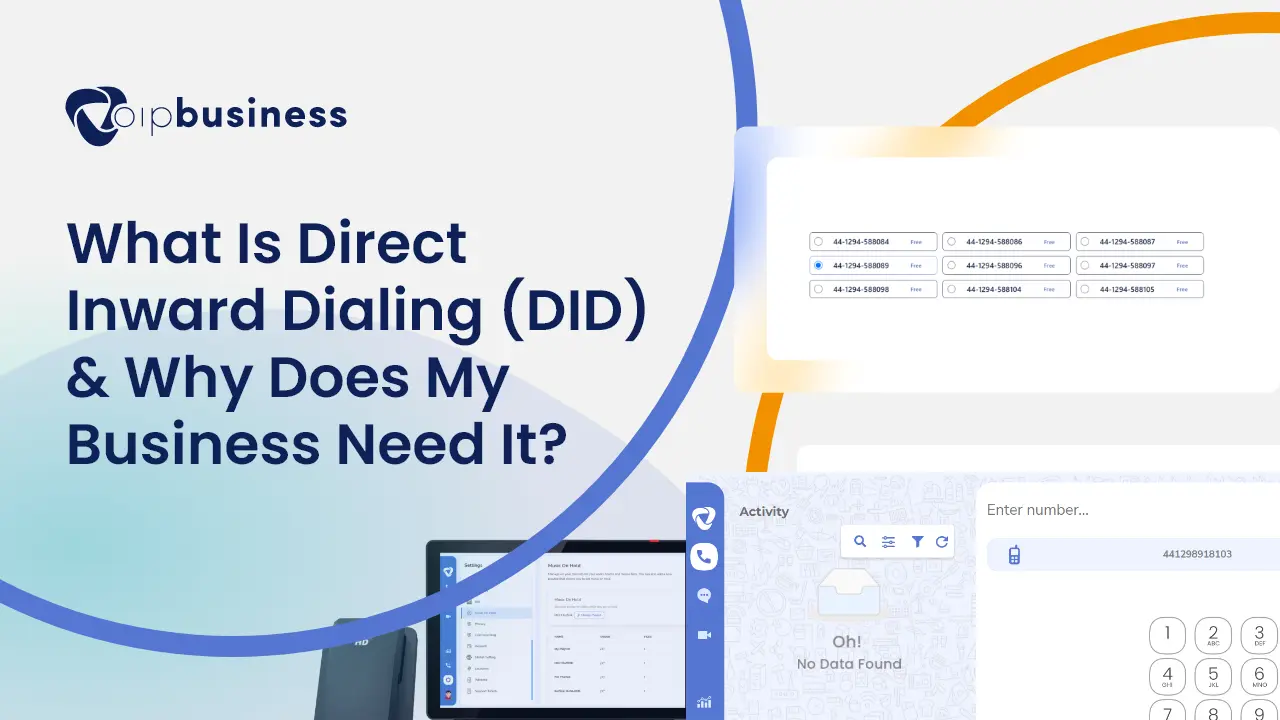Direct Inward Dialing numbers (DIDs) have been in the telecommunications sector for quite a while. Most companies utilise DIDs for their telephone network as it facilitates clients to reach out to a specific individual or office directly. Direct inward dialing has been in the market for some time now. It turns out to be more adaptable when utilised with the latest VoIP telephone services.
Read on to find out what is a DID?
What Are Direct Inward Dialing Numbers
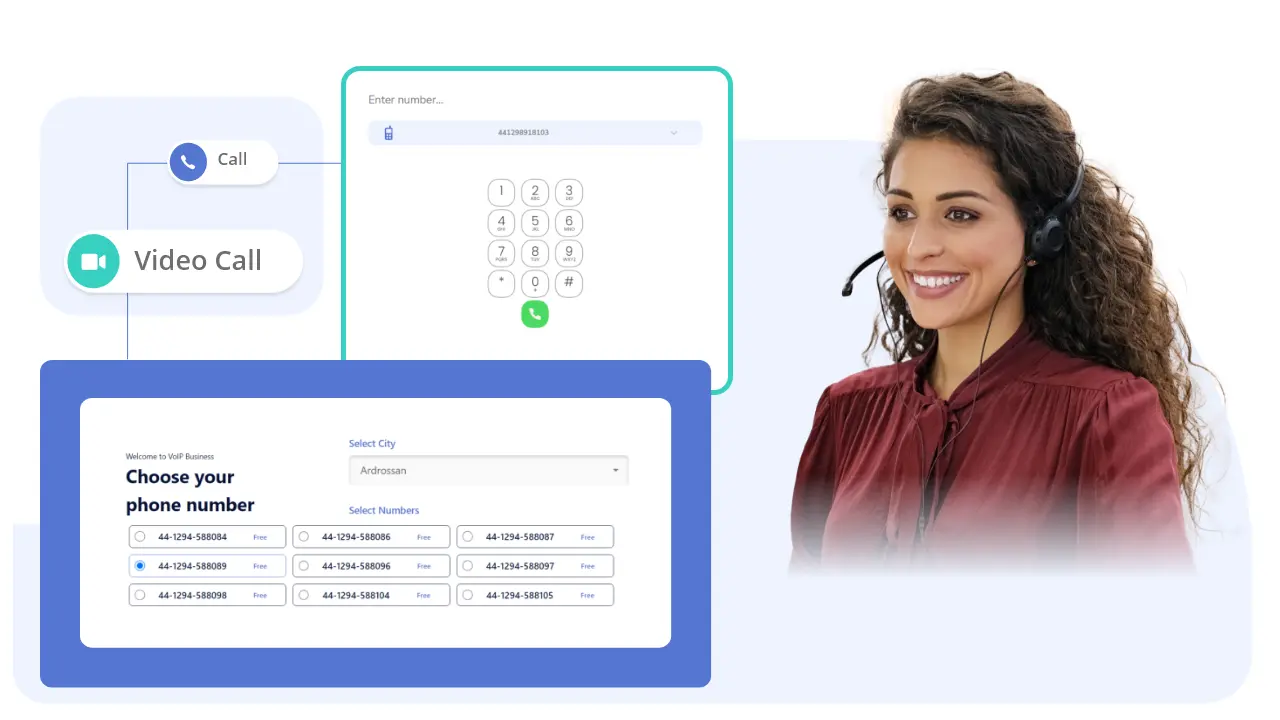
As per the caller’s viewpoint, DIDs look and run just like any other telephone number. But, they truly function by providing a short path to a specific telephone line.
The Development Of DID Numbers
You may be interested in knowing, for what reasons do companies require DID numbers? Why not allocate a telephone number to each representative in staff? The explanation is relatively straightforward. Buying and utilising a dedicated telephone number for each individual gets costly. A conventional telephone network can mean assigning numbers to many representatives and dedicating many trunk lines. Direct inward dialing can help you in overcoming this issue.
In addition to the fact that it is costly to maintain, it is also ineffective. Even though you have multiple teams, each individual isn’t utilising their telephone simultaneously. Each telephone line stays dormant and unused more often than not. A private branch exchange (PBX) facilitates a company to allot a couple of actual lines to all staff. It enhances line utilisation and is less costly.
A PBX resolves the issue of installing multiple lines. With it, calls from individuals must be forwarded to their destination by an assistant or other computerised framework like a telephone directory. Consider the possibility that a client needs to contact a specific individual directly. That is the scenario where DID numbers are beneficial.
Commonly Medium and Big Business Utilise DIDs:
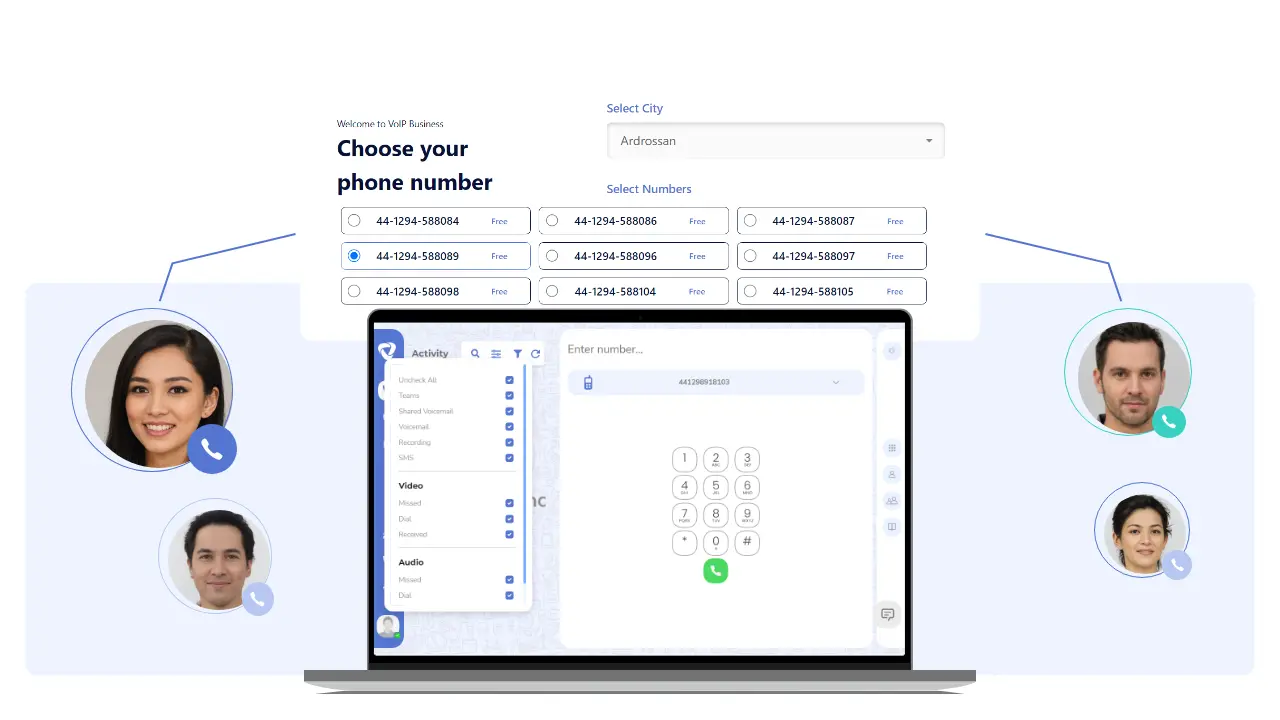
Generally, medium and large businesses utilise DIDs, telephone menus, and Interactive Voice Response (IVR) setups as per their requirements. These multiple facilities provide one primary service – to send calls from individuals to the correct destination as fast as possible. Which feature you utilise relies upon the scenario or even the sort of call.
After reading the above facts, you can easily understand what does DID stand for? It is short for the Direct Inward Dialing system. That can assist you in assigning specific numbers to particular team members in your company’s departments so the callers can directly talk to them when they dial a DID number.
DIDS For VoIP And SIP Trunks
DIDs developed on the regular landline and PSTN, but they are a necessary component of the VoIP system. VoIP is the most generally utilised telephone setup in 2021, that can help your company fulfil its telecommunication requirements. Whether or not it utilises SIP trunking or hosted facilities. Because of SIP trunks, companies can add multiple lines as they require just when they need it. So there is no necessary reason to buy additional lines and then spend plenty of time waiting for a specialist to visit your company and set up new wiring.
The Most Effective Method to Obtain a DID Number
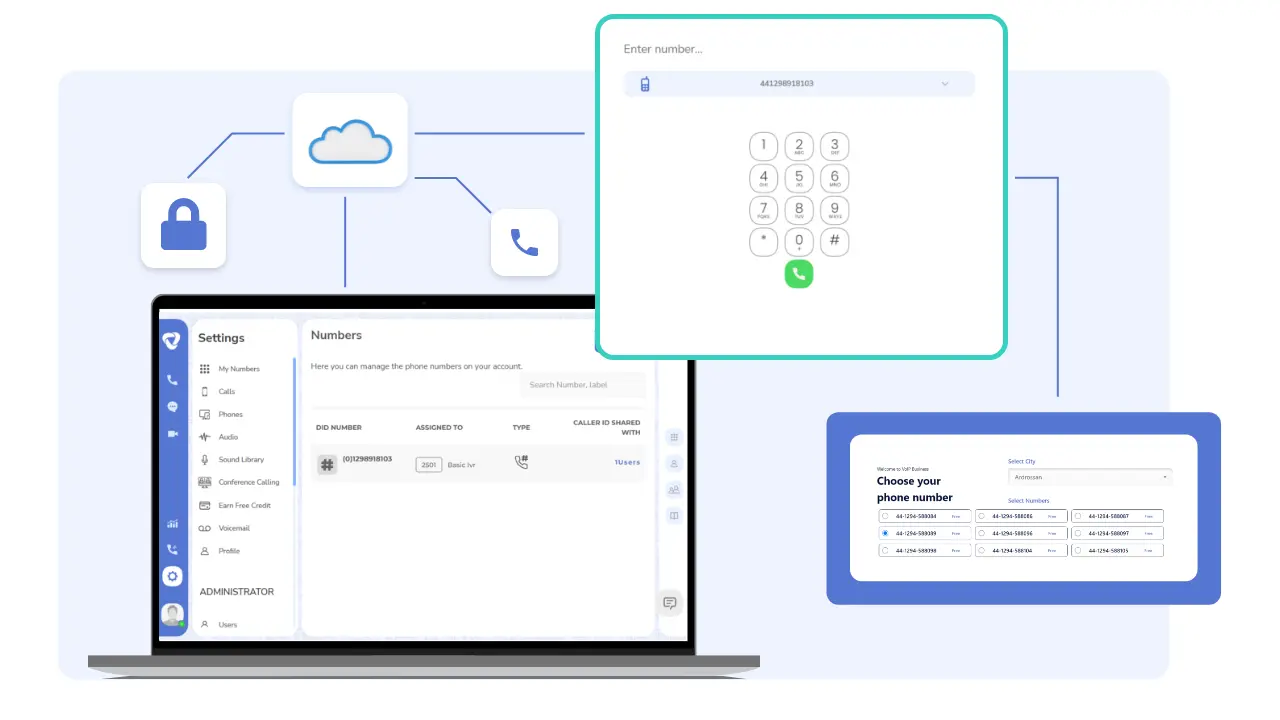
Even though you can get your DID numbers and telephone service from several service providers, it’s far more affordable to obtain everything from one source. The savings for each number might not be a lot, but they rapidly add up when you buy many numbers.
If you want to find out more about what is direct inward dialing, continue reading our post.
So if your business supervises its staff with SIP trunks, you can obtain DID numbers from the same seller. It is similar to the scenario in which the company works with hosted VoIP services. Your service provider can allot DID numbers at the time when you require them.
Direct inward dialing makes it easier for your clients to reach your relevant team members in the department they want to reach.
Commonly DIDs do not have continuing expenses. Sellers charge you when buying new numbers, but typically, there are no extra charges. Also, you can generally remove numbers you don’t utilise. When workers leave your business or move to an alternate area, you can re-allot them when required.
After going through the above discussion, you can conveniently describe to your workplace team: what does DID stand for?
Maintaining DID Numbers
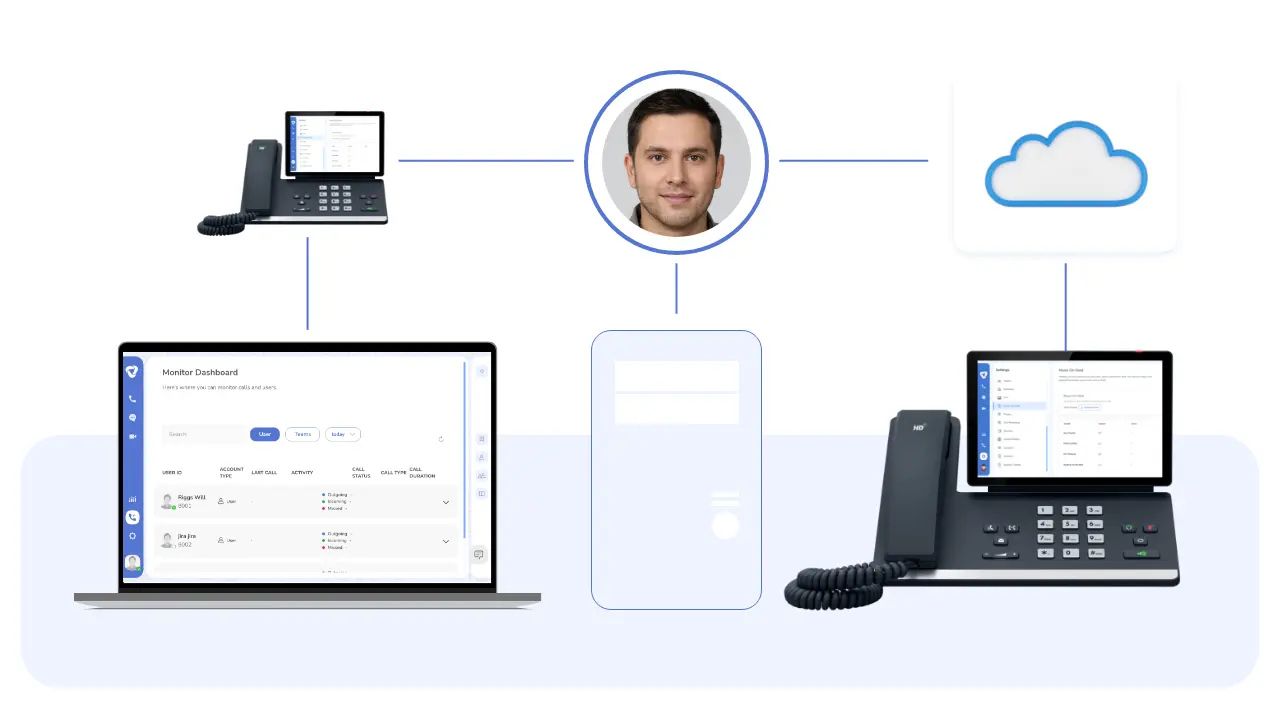
Maintaining DID numbers – regardless of the amount of numbers you have, it is similar to utilising any other type of facility on your VoIP network. You can allocate numbers, make more additions when required, and take out ones that you don’t utilise from your configuration console. There’s no reason to wait for the arrival of a specialist who can set up wiring for actual lines. You do not have to work with a collection of the least amount of pre-assigned numbers or wait until your present contract finishes to get extra numbers.
All companies utilise specific telecommunication systems to keep in touch with their employees. Communication is a necessary aspect of any company. That is why the majority of businesses utilise direct inward dialling numbers to decrease their calling charges. That is a service that the telephone service providers offer to all those who register with them. This service works with the help of a VoIP facility.
You can get some great information in this post to understand what is a DID?
These direct inward dialling services offer every office employee their toll-free number. For example, a client prefers to communicate with an employer. He directly gains access to a specific team member instead of a receptionist forwarding the call to a particular employee.
After finding out what is direct inward dialing? You may ask a question, why utilise DID? We describe that below:
Why Utilise DID?
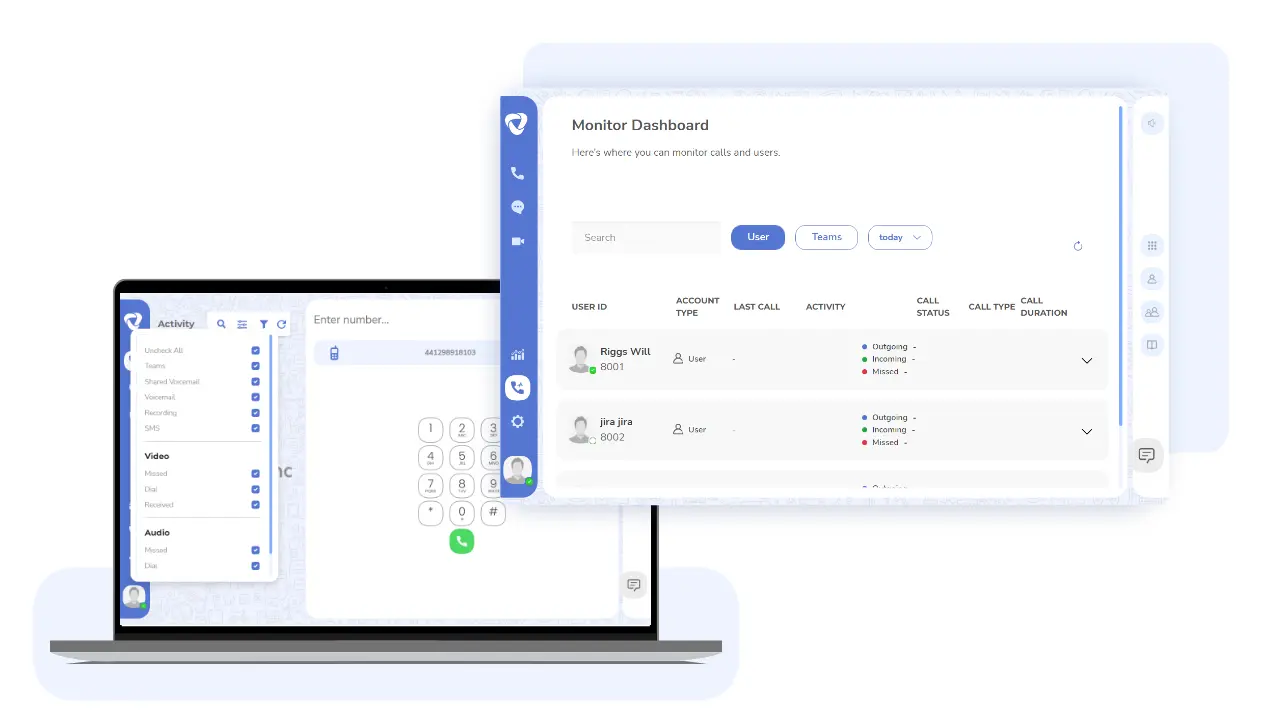
As per your company’s objectives, how many teams your business has, and by calculating the amount of your inbound calls, you can determine if DID is suitable for you. You might already have a reception system implemented. That is how you can decide whether it is effective enough to manage your inbound calls with DID.
Direct inward dialing can easily impress your clients if you implement it together with a system that assigns the call management tasks to the receptionist.
There are situations when your caller may like to connect to your auto attendant right away. Or may not want to speak to your receptionist and connect to a particular employee immediately. Or talk to someone in a specific department. There are plenty of methods to manage your inbound calling. For example, you can reserve your receptionist’s role to forward the calls you assign to them while you can only allocate DID numbers to essential clients to whom you want to provide the best services.
From the above discussion, you can completely understand what is a DID?
Given below are the main benefits of the DID:
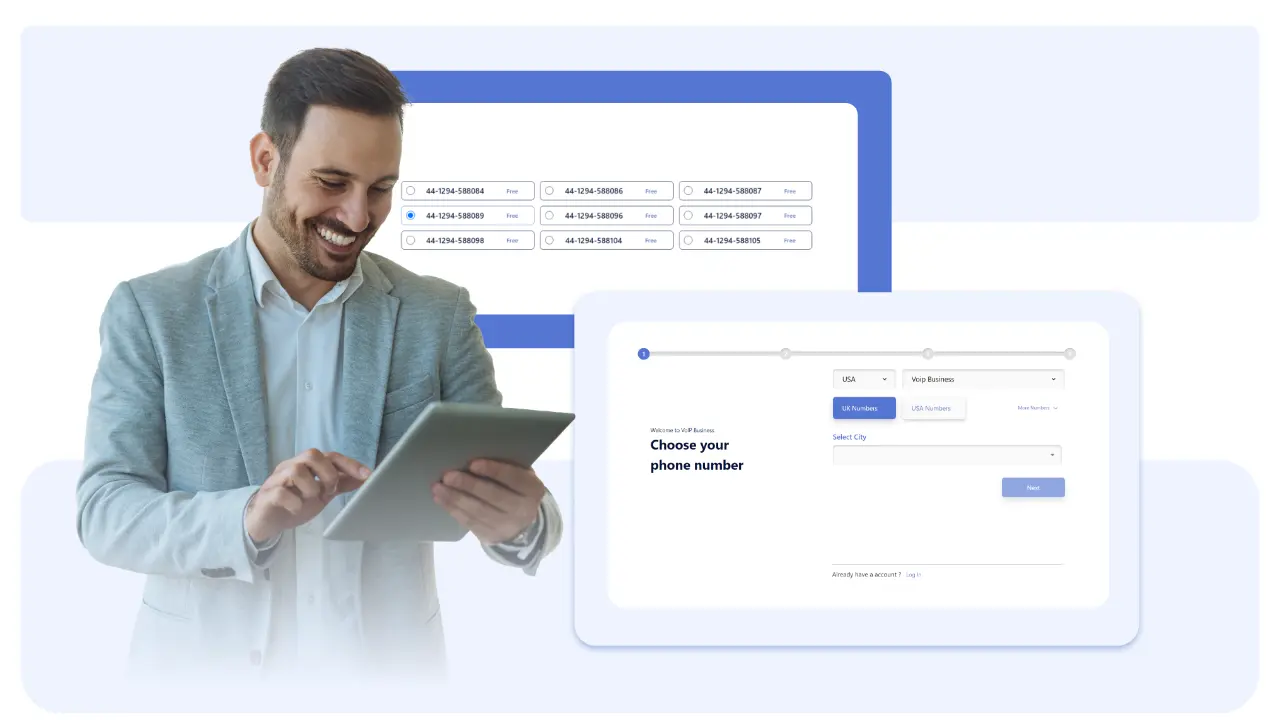
- A DID number is convenient to obtain and saves plenty of cash as one doesn’t require to buy several connections and telephones. Previously for managing these telephone numbers, there was a need for an attendant to answer the incoming calls and speak on the outgoing calls. Also you can deploy an automatic-attendant. So, all that leads to a decrease in prices.
- It saves plenty of time because your team members reply to the call that comes to them directly without the supervision of the receptionist. That is the primary benefit of deploying direct inward dialling technology in your company.
- Your customers will appreciate your business. Clients consider that they are given top-class services when talking to a contact in your team directly without speaking to the receptionist because it saves time and effort. Also, it is very satisfying for the client to talk to an employee directly.
Direct inward dialing has many perks. You can find more about them below:
- Communications tend to be fruitful as all calls are served. Also, one doesn’t require an in-house PBX for all the telephone links. That can make the work convenient. The VoIP technology can work together with the DID to provide you with an effective communication system.
- The Communication flow is easily manageable, and the communication is effective throughout the company.
- It is economical because it is more affordable than regular phone calls. Once you have registered with a popular VoIP service, everything will be free except for the plan charges that you have to pay at the start.
- By reading these facts about DID, you can determine what is a DID? And how it can be an essential service for your company.
- Direct inward dialing number provides convenient access to the services. In addition, they offer the users a page that gives all the essential facts for working with an account.
- The manual configuration according to the requirements is taken as another notable feature. With this option, you can even customise the number as per the preference of your client. For example, you can add the last four digits of the DID number according to the customer’s choice. They can select the number from the options available.
- Similar to implementation, cancellation of DID services is also convenient. These services have monthly subscriptions. When you want to discontinue the service, you only have to inform the service provider. If you do not recharge the service, your membership will expire.
Does VoIP Offer DID Number?
Yes, Voice over Internet Protocol (VoIP) services commonly offer Direct Inward Dialing (DID) numbers as part of their features. A DID number is a telephone number that allows for direct calls to be routed to a specific extension within a private branch exchange (PBX) system. In VoIP, a DID number is a virtual phone number that can be assigned to an individual or a department.
VoIP providers typically offer DID numbers as part of their service plans. Depending on the provider’s offerings, these numbers can be local, toll-free, or even international. Businesses can use DID numbers to provide direct lines for employees, teams, or specific purposes without needing separate physical phone lines.
Having DID numbers with VoIP facilitates direct and efficient communication and allows for greater flexibility in managing incoming calls and routing them to the appropriate destination within the organization. It is a valuable feature for businesses looking to enhance their communication infrastructure with a more modern and flexible solution.
Conclusion
Most companies deploy DIDs for their telephone system as it facilitates clients to contact a specific individual or office directly. Direct inward dialing lets a business set up virtual numbers that can skip the primary reception line of your company. The direct inward dialling services provide every office employee their toll-free number. To gain a better understanding of how DID works, you can look at this scenario: one of your clients wants to talk with a specific employer of your company. They directly reach out to a particular employee when they place a call. Instead of a receptionist forwarding the call to a particular team member.
It depends on your company goals, the number of teams your company has, and the number of your inbound calls whether a DID is best for you. Suppose you have a system managed by the receptionist but you require dedicated numbers for the clients. You can oversee your inbound calls with DID.
There are scenarios when your callers might want to link to your auto attendant right away. Or they do not want to talk to your receptionists and prefer linking with a particular employee soon. Or they may want to talk to someone in a specific department. In situations like these it is always best to set up a direct inward dialling system in your company. A DID number connects with a single telephone extension or multiple departments. DIDs are an essential part of the VoIP system. The VoIP and the DIDs are the most commonly utilised telephone systems in 2021 that can assist your business to fulfil its telecommunication requirements.

